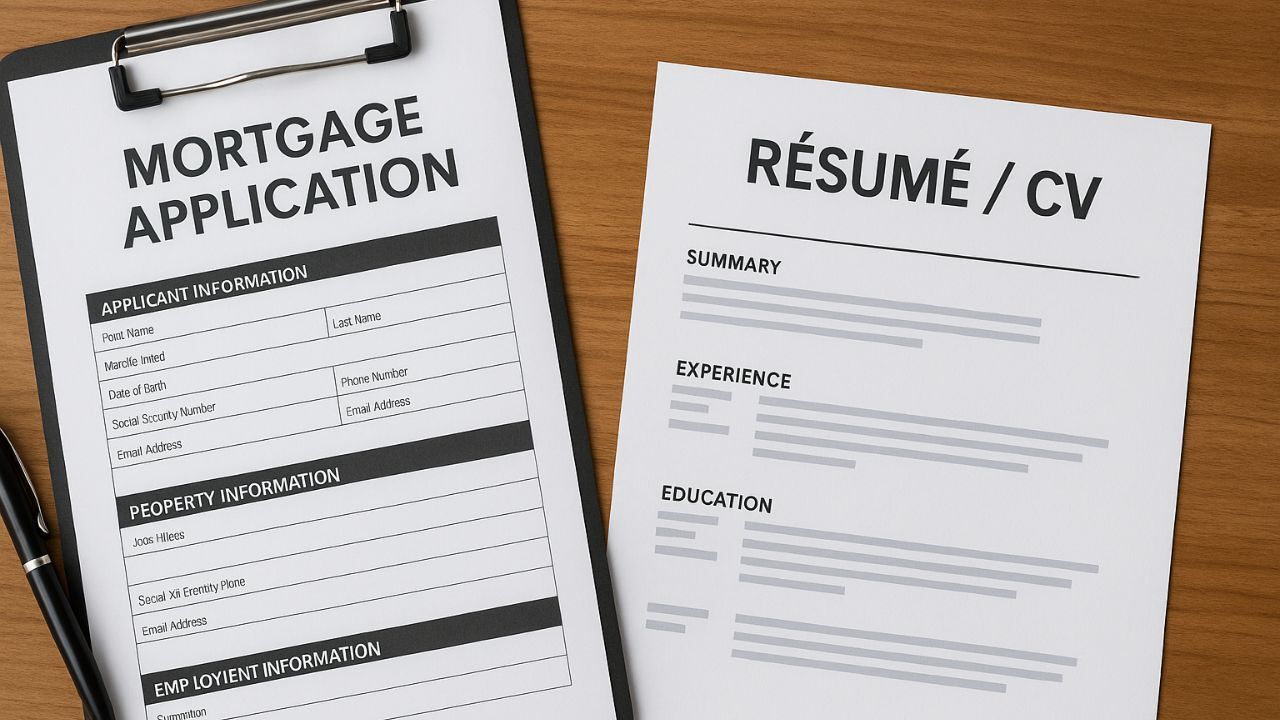The Role of Credit Inquiries in Mortgage Approval
 When preparing to apply for a mortgage, it is important to understand how credit inquiries can impact your chances of approval. Lenders use your credit report to assess risk, and every inquiry can play a role in how they view your financial stability. By knowing the difference between soft and hard inquiries, borrowers can make smarter decisions and protect their credit scores during the home buying process.
When preparing to apply for a mortgage, it is important to understand how credit inquiries can impact your chances of approval. Lenders use your credit report to assess risk, and every inquiry can play a role in how they view your financial stability. By knowing the difference between soft and hard inquiries, borrowers can make smarter decisions and protect their credit scores during the home buying process.
Soft vs. Hard Credit Inquiries
A soft credit inquiry occurs when a lender or other company checks your credit for informational purposes. Examples include checking your own credit report, pre-approval offers, or background checks from employers. Soft inquiries do not affect your credit score and are generally invisible to lenders considering your mortgage application.
A hard credit inquiry, on the other hand, happens when a lender reviews your credit as part of a formal loan application. These include mortgage applications, auto loans, or credit card applications. Hard inquiries can slightly reduce your credit score, especially if you have multiple inquiries within a short period.
How Multiple Inquiries Are Treated
Mortgage lenders understand that homebuyers often shop around for the best rates. Most credit scoring models treat multiple inquiries for the same type of loan within a certain period, usually 14 to 45 days, as a single inquiry. This allows you to compare mortgage offers without significant damage to your credit score, but timing is key.
Why Credit Inquiries Matter for Approval
Lenders use your credit report to determine your creditworthiness, risk level, and the terms they can offer. Too many hard inquiries may signal financial stress or overextension, which could impact your mortgage approval or result in higher interest rates. By strategically timing applications and avoiding unnecessary credit checks, you can strengthen your application.
Tips for Managing Credit Inquiries
Before applying for a mortgage, review your credit report for accuracy and resolve any errors. Limit new credit applications and coordinate rate shopping for mortgages within a short window to minimize score impact. Communicating with your lender about your plans and credit history can also help demonstrate responsible borrowing.
Understanding credit inquiries is an important part of the mortgage process. With careful planning, you can protect your credit score, secure favorable terms, and approach homeownership with confidence.

 Switching jobs can be an exciting step in your career, but for homebuyers, it can also raise questions about mortgage approval. Lenders evaluate income stability when considering a mortgage application, and a recent job change can influence how they view your ability to repay the loan. Understanding how a new position impacts your application can help you plan strategically and improve your chances of approval.
Switching jobs can be an exciting step in your career, but for homebuyers, it can also raise questions about mortgage approval. Lenders evaluate income stability when considering a mortgage application, and a recent job change can influence how they view your ability to repay the loan. Understanding how a new position impacts your application can help you plan strategically and improve your chances of approval. When applying for a mortgage, one of the most important factors lenders review is your debt-to-income ratio. This simple calculation helps determine how much of your monthly income is already committed to paying debts, and it plays a major role in whether you qualify for a home loan. Understanding how this ratio works can improve your chances of securing the right mortgage.
When applying for a mortgage, one of the most important factors lenders review is your debt-to-income ratio. This simple calculation helps determine how much of your monthly income is already committed to paying debts, and it plays a major role in whether you qualify for a home loan. Understanding how this ratio works can improve your chances of securing the right mortgage.